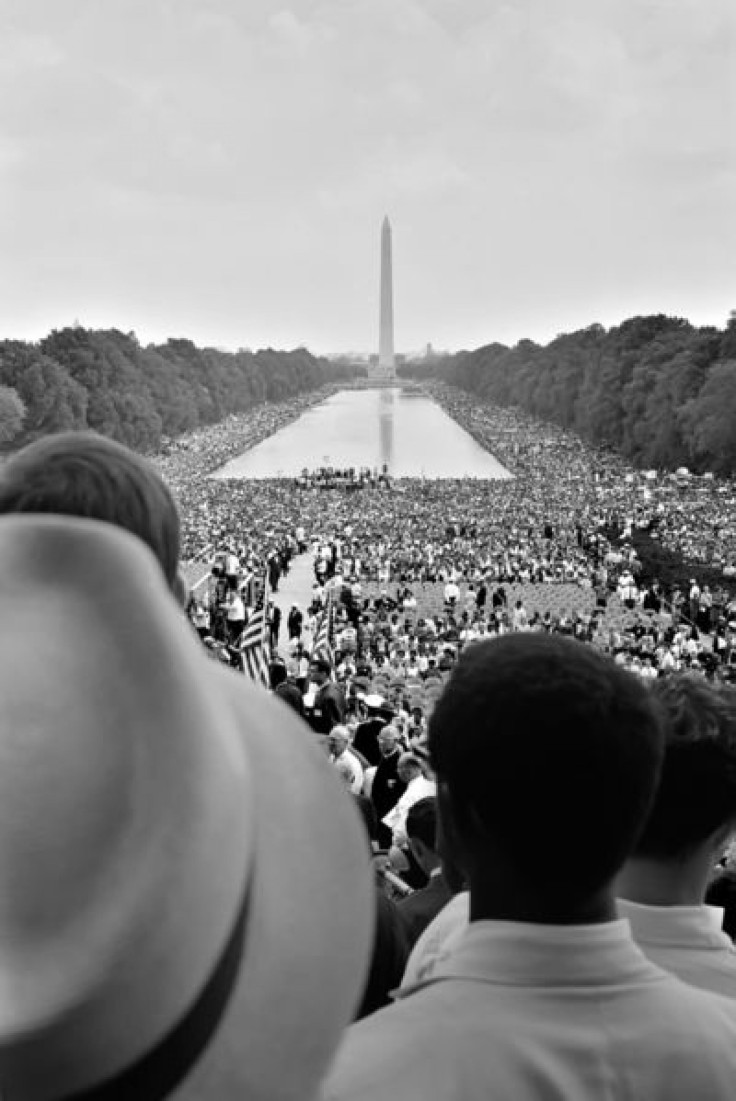Watch Video of Martin Luther King Jr.'s Full 'I Have A Dream' Speech; MLK Day 2013 Marks 50 Years Since March On Washington

Aug. 28, 2013, will mark the fiftieth anniversary of Martin Luther King Jr.’s “I Have a Dream” speech. King stood at the foot of the Lincoln Memorial in Washington, D.C., and delivered the speech, widely considered the greatest 17 minutes of rhetoric of the 20th century, to 200,000 people who gathered for the 1963 March on Washington, aimed at winning civil and economic rights for African-Americans.
It’s difficult to overstate the importance of the speech, today the most remembered aspect of the March, which is acknowledged as being a main influence on the Civil Rights Act and Voting Rights Act that came in 1964 and 1965, respectively.
King had floated some of the imagery of dreams in speeches for at least three years. He frequently cited white supremacy as the main obstacle to the “dream” of black America and used the March on Washington to spread his message to an international audience.
The civil rights leader planned the speech with an homage to Abraham Lincoln’s Gettysburg Address, which came 100 years before. King also referenced the Declaration of Independence, the Consitution, and Lincoln’s Emancipation Proclamation. Regarding the latter, King noted, “It came as a joyous daybreak to end the long night of their captivity” but stressed that “one hundred years later, the Negro still is not free.”
King led the civil rights movement for five more years until his assassination in Memphis. He inspired as much hatred as he did love during his life but would go on to become the second-most admired person of the 20th century, ranking behind only Mother Theresa in a Gallup poll.
A bust of King, once considered a threat to the security of the nation by those power, was placed in the Oval Office after President Barack Obama became the first African-American chief executive.
For a full transcript of Dr. King’s “I Have a Dream” speech click here.
© Copyright IBTimes 2024. All rights reserved.











